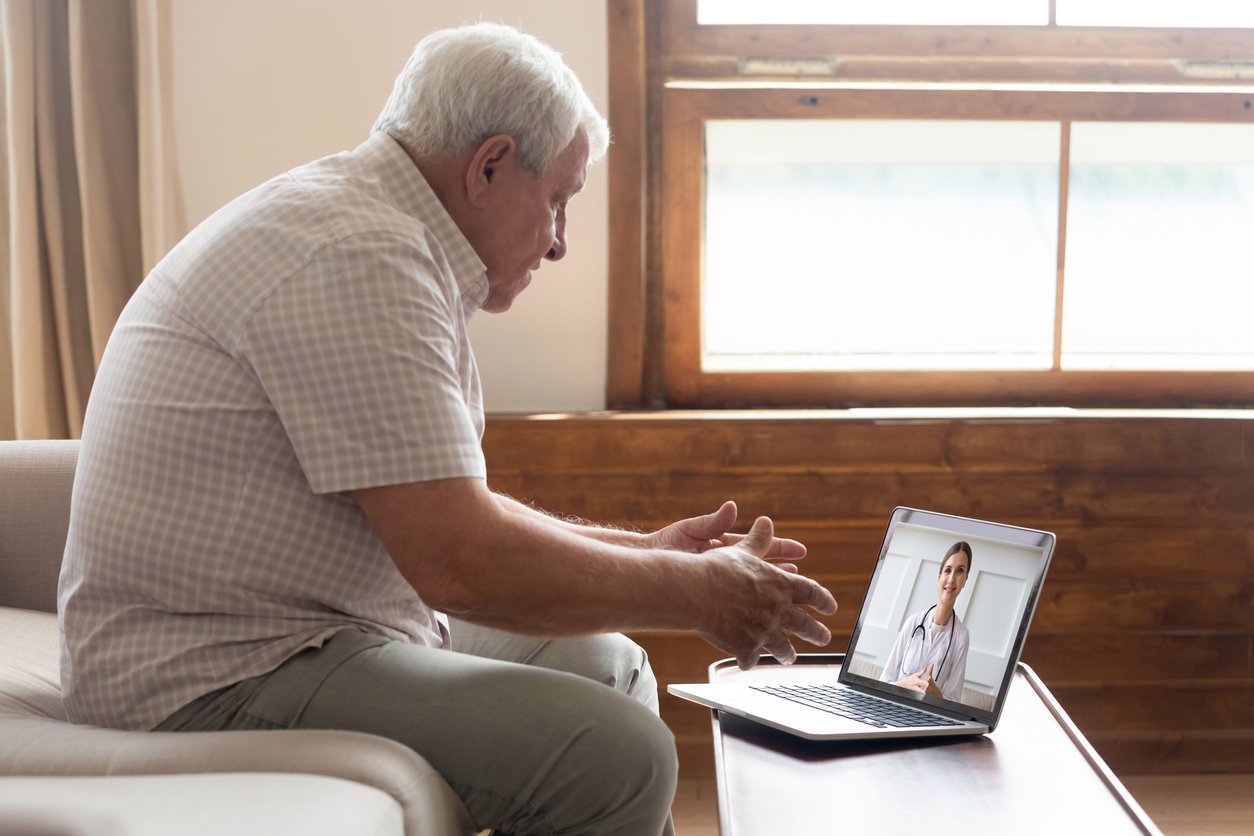The deadly virus outbreaks at senior communities throughout the country is expected to be front of mind for seniors and their families when deciding whether to move out of their homes. While senior-housing industry executives say there is solid evidence seniors have been better off in their care, they acknowledge they have suffered a major image problem.
“One of the greatest risks today is what I call headline risk,” said Beth Mace, chief economist at the National Investment Center for Seniors Housing & Care, a nonprofit that tracks the market.
At the same time, the soaring use of telemedicine during the Covid-19 crisis gives seniors a new justification for holding off a move to a senior community. In the same way many office workers have during the pandemic become used to Zoom meetings for the first time, thousands of patients have started using telemedicine for doctors’ appointments and other health services.
That familiarity might persuade some seniors who might have opted for senior housing in the past to age at home instead. “There’s been some talk about whether telemedicine may be a threat to senior housing,” said Daniel Bernstein, a Capital One analyst on an earnings call last week with Omega Healthcare Investors Inc. The landlord has investments in more than 950 health-care facilities with close to 100,000 beds.
The double whammy is hitting an industry that was suffering a supply glut before the pandemic. Developers in recent years cranked up building new senior-housing communities in anticipation of the aging of baby boomers. But they jumped the gun a bit partly because they underestimated how much advances in technology had enabled seniors to extend their ability to keep living at home.
The pandemic’s early damage to the industry was clear last week when the three largest senior-housing companies— Ventas Inc., Welltower Inc. and Healthpeak Properties Inc. —reported first-quarter earnings. Occupancies and revenues have fallen, while the cost of labor and protective equipment has soared. Many facilities are on lockdown, preventing them from conducting tours for would-be residents.
For example, Welltower reported a nearly 3% decline in occupancy in April to under 83% and cut its dividend by 30%, according to Lukas Hartwich, an analyst with Green Street Advisors. Shares of companies that focus on senior housing have fallen about 50% since Feb. 21, compared with 27% for the broader real-estate investment trust sector, Mr. Hartwich said.
Meanwhile, use of telemedicine has been surging during the pandemic because numerous regulatory and insurance restrictions have been lifted to make it easier for patients to connect with doctors remotely. Demand has surged for services provided by companies including American Well Corp., Teladoc Health Inc. and MDLIVE Inc.
For example, doctor visits through American Well, also known as Amwell, increased 1,000% during a six-week period, according to Ido Schoenberg, chief executive. “A lot of things that were not possible in the home, now will be possible,” he said.
Telemedicine has grown in sophistication in recent years. What started as a tool that allowed videoconferencing now enables doctors to test blood and urine, look into ears and even do ultrasounds from afar, often with assistance from home nurses or technicians.
Executives at nursing homes and senior-housing communities said they have increased their use of telemedicine to provide enhanced care to residents. Many operators are becoming health-care “concierges,” with staff trained in the use of the more-sophisticated telehealth equipment, said Ms. Mace.
Senior-housing landlords are hoping that occupancy will rise as the country recovers from the pandemic and pent-up demand for senior housing is unleashed. But how demand will be affected by the high number of Covid-19 deaths at nursing homes and other senior facilities is far from clear.
Seniors who don’t need high levels of medical attention and daily help with dressing, eating and bathing may have second thoughts because they have learned that some medical needs can be met at home through telemedicine.
Much of the regulatory loosening will likely continue even after Covid-19 passes. “That genie isn’t going back in the bottle,” Mr. Schoenberg said.
To be sure, during normal times, telemedicine isn’t considered as effective as doctors’ seeing and physically examining a patient, typically a more intimate experience. Many seniors are uncomfortable with new technology and would need help with many of the more-sophisticated procedures at home.
Also, senior-housing communities offer a range of benefits beyond medical care. For people with acute medical and care needs, senior-housing communities are less expensive than live-in aides, help stave off loneliness and provide activities for the healthy to stay active.
“I don’t think telehealth will be the make-or-break decision of whether I move into senior housing,” Ms. Mace said.













